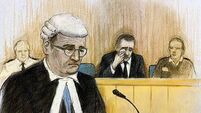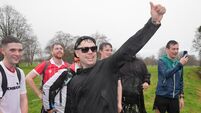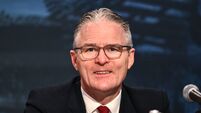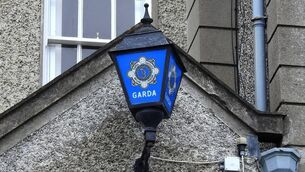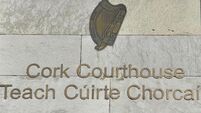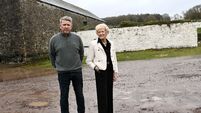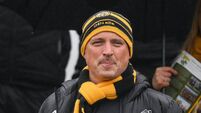More IRA members to testify on Bloody Sunday
Two more Official IRA members are preparing to give evidence to the Bloody Sunday Tribunal, it emerged tonight.
Kevin O’Donovan, the barrister representing some Official IRA men who have already come forward, revealed that a further two former members had issued statements to the Tribunal.
A total of eight Officials and six Provisionals have agreed to provide testimony about their activities on January 30, 1972, when 13 unarmed civilians were shot dead by soldiers during a civil rights march.
Meanwhile, two former Official IRA members giving evidence today refused to reveal the names of colleagues present in Derry on Bloody Sunday.
The ex-paramilitaries – known to the Inquiry as OIRA2 and OIRA5 – were both challenged to help the Saville Inquiry by identifying individuals who were members of the Official IRA in January, 1972.
OIRA2 told the inquiry he was not prepared to name names: “It is well known in the public domain that the inquiry has called for former members of not only the Official IRA but other organisations to come forward.
“Whether people take heed of that is a matter for themselves. I am here in my capacity assisting this inquiry,” he added.
Asked if he had sought to encourage others involved with the Official IRA at the time to give evidence, OIRA5 told the Inquiry that he did not see this as part of his task.
When Gerard Elias QC, representing some of the soldiers, asked why the only people who had come forward were members of the command staff, he replied: “Because we were asked to.”
OIRA2 had earlier told the inquiry that there were between 20 and 30 volunteers including command staff in the Officials at the time of Bloody Sunday.
Questioned by Edwin Lawson QC representing some of the soldiers, OIRA2 refused to comment on claims that his comrade, OIRA1, had shot three soldiers shortly before Bloody Sunday.
Admitting that his colleague OIRA1 was “probably” an IRA sniper, he added: “I am here to answer questions about what I was doing on Bloody Sunday.”
OIRA2 told the inquiry that he was with OIRA1, who fired a single shot at a soldier before members of the British Parachute Regiment moved into the Bogside.
But he denied that this was the first shot fired on Bloody Sunday.
The former paramilitary – the first member of the Officials to give evidence - said on the day of the march they had gone to an arms dump at Columbcille Court in the Bogside to collect a defective rifle.
While they were retrieving the gun, he said they heard a noisy confrontation involving a 30 to 40-strong crowd.
“Just then I heard someone in the crowd shouting ‘two boys have been shot!’,” he added.
But OIRA2 told the inquiry that he did not remember hearing the shots before OIRA1 fired the single round at a soldier on the roof of a Presbyterian church.
“I cannot honestly say that I heard the shots myself, probably because of the background noise.”
He said the shot was fired before the main body of the march had arrived at William Street on the edge of the city centre.
But he rejected suggestions that the shot was fired before the Army had begun shooting on Bloody Sunday.
He replied: “Our understanding or our belief at the time was that two individuals had been shot and the shot that was fired was a shot that was fired in response to the shooting of these two individuals.”
OIRA2 denied fitting his account of the shooting around the wounding of John Johnston and Damian Donaghy, the first two men shot by soldiers on the day.
“What I have told this Tribunal is what I believe,” he added.
Later, another former Official IRA man said that orders given in the days leading up to Bloody Sunday stated that no action was to be taken on Bloody Sunday.
OIRA5, a member of the organisation’s command staff, said: “My memory is that all weapons were to be removed from the Bogside and brought to Creggan and the Brandywell where they were to be stored with volunteers in attendance.
“In part this was to remove them from the Bogside area but also to ensure that they were available should the Army take the opportunity to try and impose its control on the Creggan and Brandywell areas, which to all intents and purposes had become ‘no go’ areas for the security forces.”
OIRA5, who was on the civil rights march, said he recalled soldiers sighting along their rifles in an “intimidatory” fashion.



